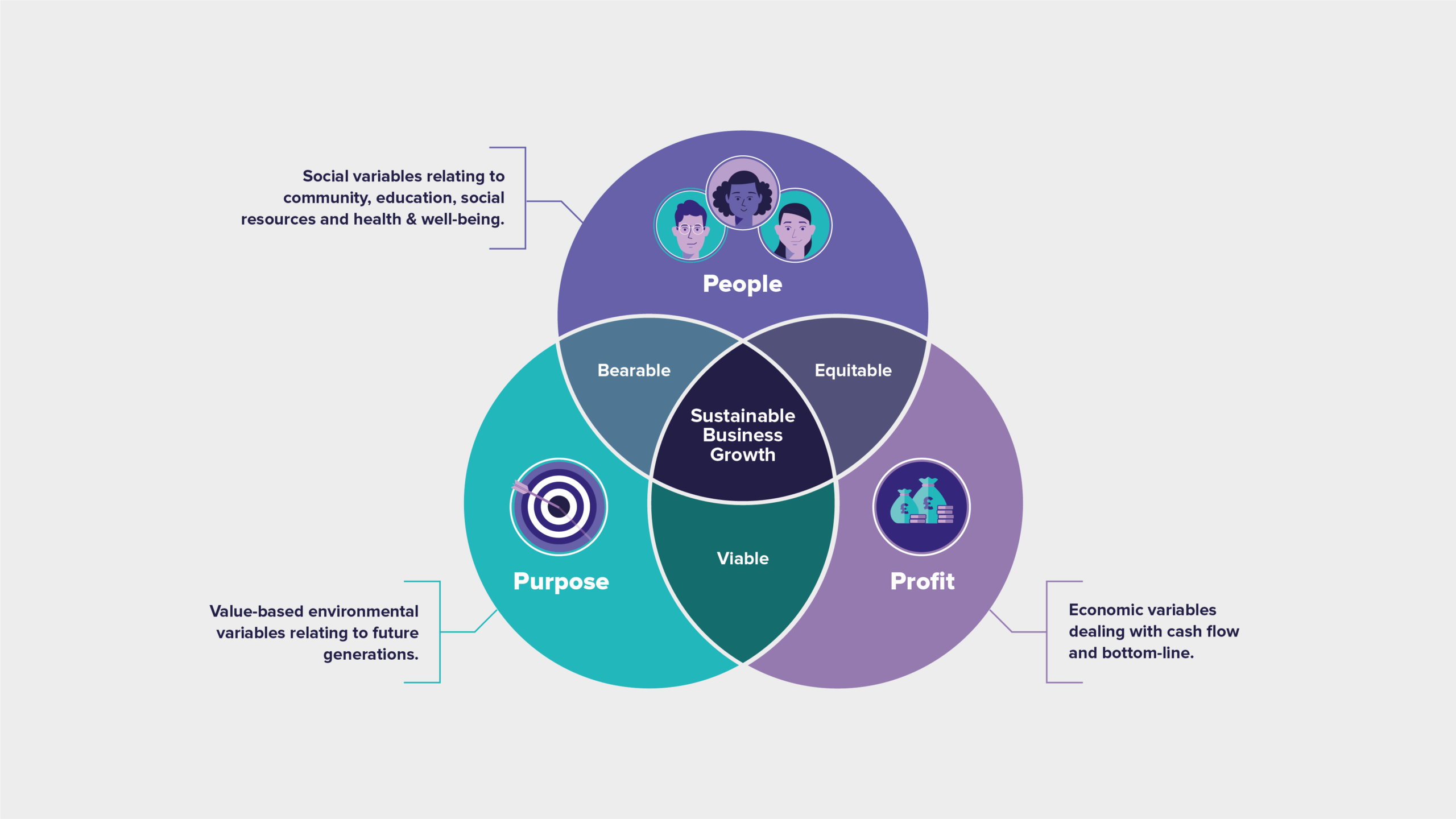This website uses cookies so that we can provide you with the best user experience possible. Cookie information is stored in your browser and performs functions such as recognising you when you return to our website and helping our team to understand which sections of the website you find most interesting and useful.

Most of us are familiar with the idea of a company brand, but what does it actually mean in practice?
What is a ‘brand’? You’ll likely get a response relating to the logo, look and feel of the business, however, branding goes way beyond what are essentially aesthetics. It is about perception. Today, it has evolved and is best described by marketing stalwart, Seth Godin who states:
“A brand is the set of expectations, memories, stories and relationships that, taken together, account for a consumer’s decision to choose one product or service over another.”
Why is this important to consider?
Brand purpose is key to your business because it has a huge influence on customer perception. We know that many purchasing decisions are affected by individual emotions, experiences, and perceptions – and today’s customers expect companies to know their audiences, to spend time engaging with them.
Writing in the Harvard Business Review, academics Claudine Gartenberg and George Serafeim point to research that shows purpose-driven companies “outperform the market by five per cent to seven per cent” each year.
You may have a strong reputation for doing well as a business, however, brand purpose is not the same as Corporate Social Responsibility (CSR). To clarify, the brand purpose should be service, or product-led.
Realising your brand purpose is more than a feel-good exercise. To get it right, you may need to make substantial changes to the way you operate.
Your brand needs to score highly on three of these four questions to be considered purpose-driven:
- Do you have a higher purpose that takes precedent over profit?
- Are you changing the world for the better?
- Is your brand improving peoples’ lives and their communities?
- Are you benefitting all stakeholders, not just shareholders?
The question is, how highly do you score? Will you use Covid-19 as an opportunity to support wider change, and in turn, transform your organisation inside out? The result of today’s pandemic remains to be seen, but not everyone will place profit and purpose on a level playing field. This is either due to financial pressures or because they simply don’t have the motivation to do so.
Ultimately what does this mean for Pharmaceutical and Healthcare organisations?
The World Health Organisation writes that the 2020 pandemic has resulted in a ‘massive ‘infodemic’ – an over-abundance of information… That makes it hard for people to find trustworthy sources and reliable guidance’. Against this backdrop, businesses have the opportunity to be a trusted source of information, to demonstrate their worth and deepen customer relationships.
Developing a strong brand purpose will allow you to cut through much of the noise found on the internet and social media, at a time when many people are open to new experiences and willing to change habits.
This will deliver sustainability for you through your triple bottom line:

Why are we so passionate about our CSR initiatives as a communication offering?
This is key to delivering key elements of your Triple bottom line, either through environmental issues or social community programmes. In this unprecedented Covid-19 pandemic, Pharmaceutical and healthcare organisations truly have an opportunity to differentiate their brand and, as highlighted in the diagram, will help lead to greater profitability and Brand purpose.
There is increasing evidence of Pharmaceutical and Healthcare organisations talking about these programmes through their online channels. This was recently evidenced in a global webinar where the question posed was:
“More CSR initiatives are being seen in other sectors. Are big Pharma utilising this trend?”
In response to this Jim DeLash, Multi-Channel Director at GSK reflected and gave his personal opinion:
“There’s a risk of just jumping on the bandwagon, if you’re not going to act on it. My own personal view on this is, you have to have a legacy of activity whatever social cause you are standing up for and we’ve been doing this for 5 years. It can’t be, we don’t have enough diversity on our board but going forward we will. It’s hard to make that claim until you actually do something. Talk is cheap, I would like to see corporations that have taken action. I think it’s ok for them to talk about it but if you haven’t taken action, do something first and then talk about it.”
This response is so true and if you get this wrong, you will damage your brands’ reputation.
Beware of these traps:
- Demonstrating good educational programmes and initiatives, but don’t have the necessary social visibility, demonstrable over a period of time. Are they still doing them or is there a breakdown in communications?
- Talking about environmental and social responsibility but have no evidence to support these claims.
- CSR initiatives that focus on internal colleague engagement only but provide no outreach into social variables.
- Lack of strategic direction in some cases. This has to be above brand-led and driven by leaders cascading clear messages to its in-market teams. This will lead to a strengthening of in-market deliverables, colleague engagement and the ability to provide transparent global reporting. For example, in-market teams might be environmentally tidying up local beaches in one country and able to deliver good positive local communications. But what about the wider global communication if it was able to communicate; for this year and over the past x number of years ‘we’ have maintained and cleaned x miles of beaches in x number of countries. This now becomes a much more powerful and impactful communication not just for internal colleagues but also for external communities.
- Disparate corporate communication channels that convey a mixed tonality and storytelling and in the worse case demonstrating that all you are interested in is actually profit. This reiterates the belief that if you fall into the trap of any of the above examples, you will ultimately damage the authenticity of your brand. Thus having an adverse effect on your profitability.
Focussing our CSR initiatives around education.
The pandemic has had a devastating impact on our education systems, and our children’s education, health and well-being.
There is an opportunity for Pharmaceutical and Healthcare organisations to support communities, promoting Science and STEM subjects. In this current time, there has never been a greater focus on health and vaccinations.
Some quick examples could be:
- R&D process, including phases of drug development, clinical trials, etc.
- Science ‘in-a-box’
- Even though pharmaceutical organisations are PLCs and a result of why they often receive negative PR, do the majority of people realise that normally 40-50% of profit is normally reinvested in the R&D product pipeline.
- Taking schoolchildren on a virtual tour of your R&D facilities
TMC has been partnering with organisations for over 8 years with local educational CSR initiatives. These initiatives have demonstrated a positive impact on those schoolchildren, local communities and brand reputation.
Share this

